Drying clothes might seem like a simple task: toss in wet laundry, press Start, and wait. But to ensure your dryer operates efficiently and your clothes last longer, it’s important to understand how to use the appliance correctly. Small steps can make a big difference from selecting the right cycle and temperature to maintaining the dryer.
The best dryers have a range of advanced features that improve energy efficiency, convenience, and fabric care, from multiple drying cycles to moisture sensors, so it's important to get to grips with the manufacturer's manual for your device as a first step.
To help guide you, we consulted laundry experts Tyler Kungl and Ken Doty for their professional insights and advice on how to use a dryer and keep it working efficiently.
What you need to use a dryer
- Wet laundry
- Dryer sheets or fabric softener sheets (like these Bounce Dryer Sheets, $5.08 at Amazon)
- Dryer balls (like these wool dryer balls, pack of 6, $19.99 at Amazon)
- Lint trap brush (optional)
Knowing how to clean a dryer lint trap will help. Now, you have everything you need to get started.
Quick steps to using a dryer
- Sort your laundry
- Clean the lint filter
- Load the dryer
- Add dryer sheets and dryer ball (optional)
- Select the drying cycle
- Select the drying temperature
- Start the dryer
- Remove clothing promptly
Step by step guide: How to use a dryer
1. Sort your laundry
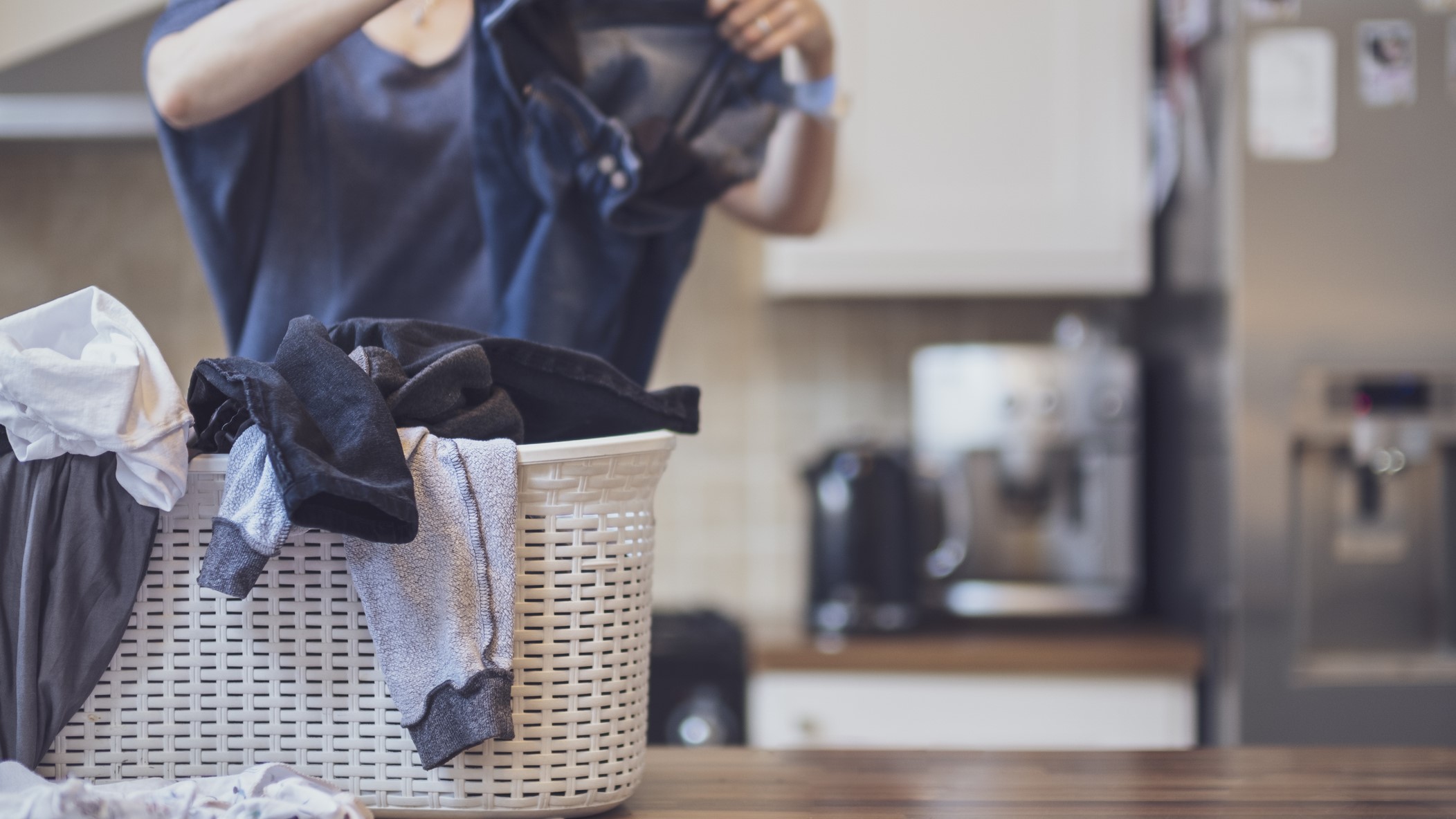
To sort laundry for the dryer, first separate items by fabric type: heavy fabrics like towels and jeans should be dried together, while lightweight items like T-shirts and delicates need lower heat settings. Group clothes by color to prevent color transfer, with darks, lights, and brights each dried separately.
Next, sort based on heat sensitivity: high-heat items include cotton and denim, while synthetic fabrics and knits need low heat. Delicates should be air-dried. Also, consider the moisture level of clothes—heavier, soaked items may take longer to dry, so group similar items for even drying.
Finally, separate by size: larger items like blankets or comforters may need longer drying time, while small items like socks and underwear will dry faster. Sorting by these categories ensures efficient drying, prevents damage, and reduces energy use.
2. Clean the lint filter
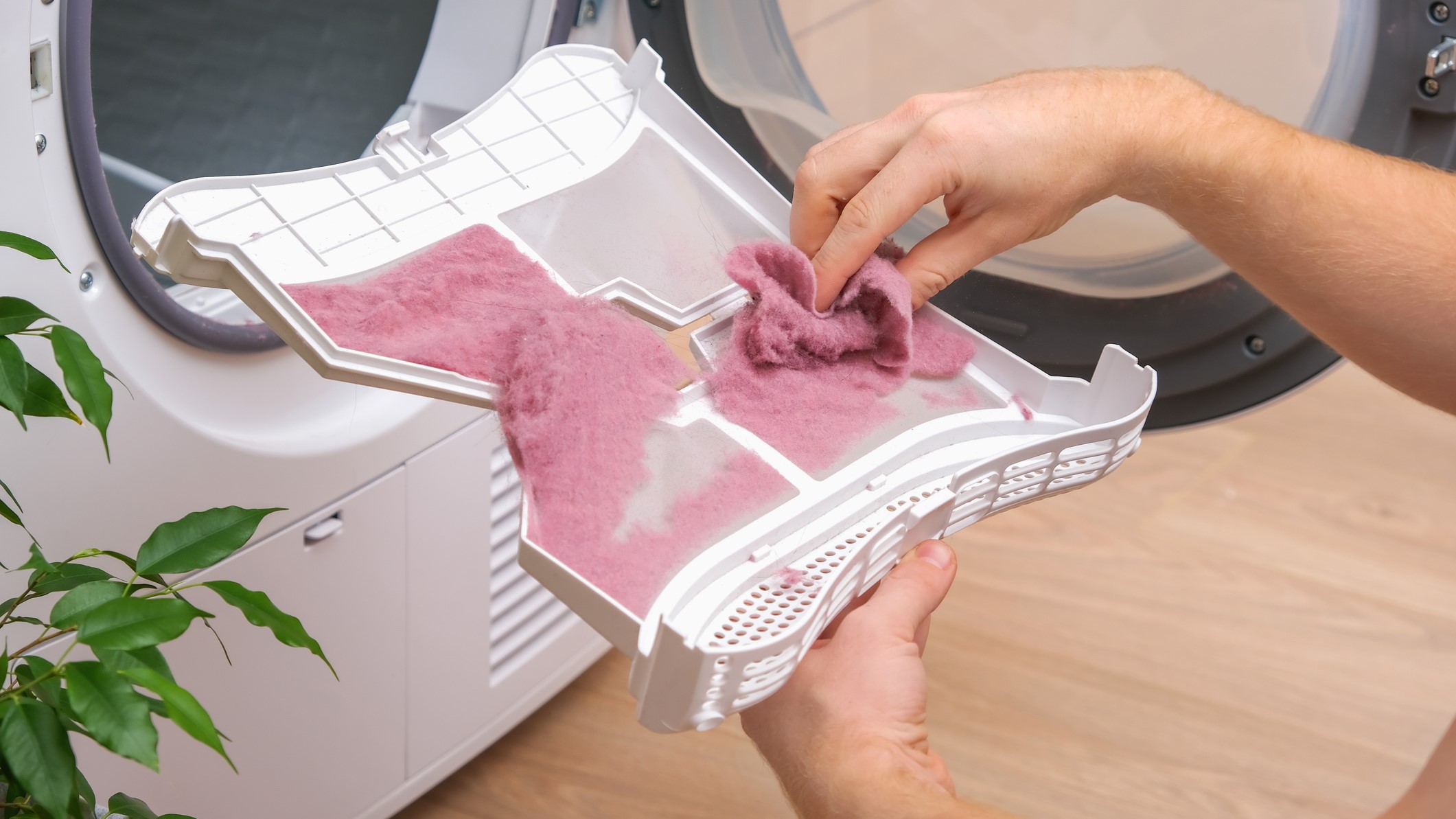
To clean your dryer’s lint trap, first locate it - usually on top, inside, or beneath the dryer door. If you're unsure, check your manual. Next, remove the lint trap carefully to avoid dust and lint flying into the air, which can irritate your eyes or throat. Tyler Kungl stresses: “A lint-clogged dryer takes longer to dry clothes, using more electricity in the process. This buildup can even damage components, affecting the dryer's performance and longevity.”
Once removed, clear the bulk of the lint using your hands or a soft brush, and dispose of it safely, as lint is highly flammable. For a more thorough clean, you can either vacuum it or even wash the lint trap with warm, soapy water to remove detergent residue. After washing, let the trap air dry to prevent mold or mildew. Finally, reinstall the lint trap to ensure it functions properly.

Tyler Kungl is the Head of Business Unit Laundry (North America) at BSH Region North America, a company that is home to both globally established appliance brands such as Bosch, Siemens, Gaggenau, and Neff.
3. Load the machine
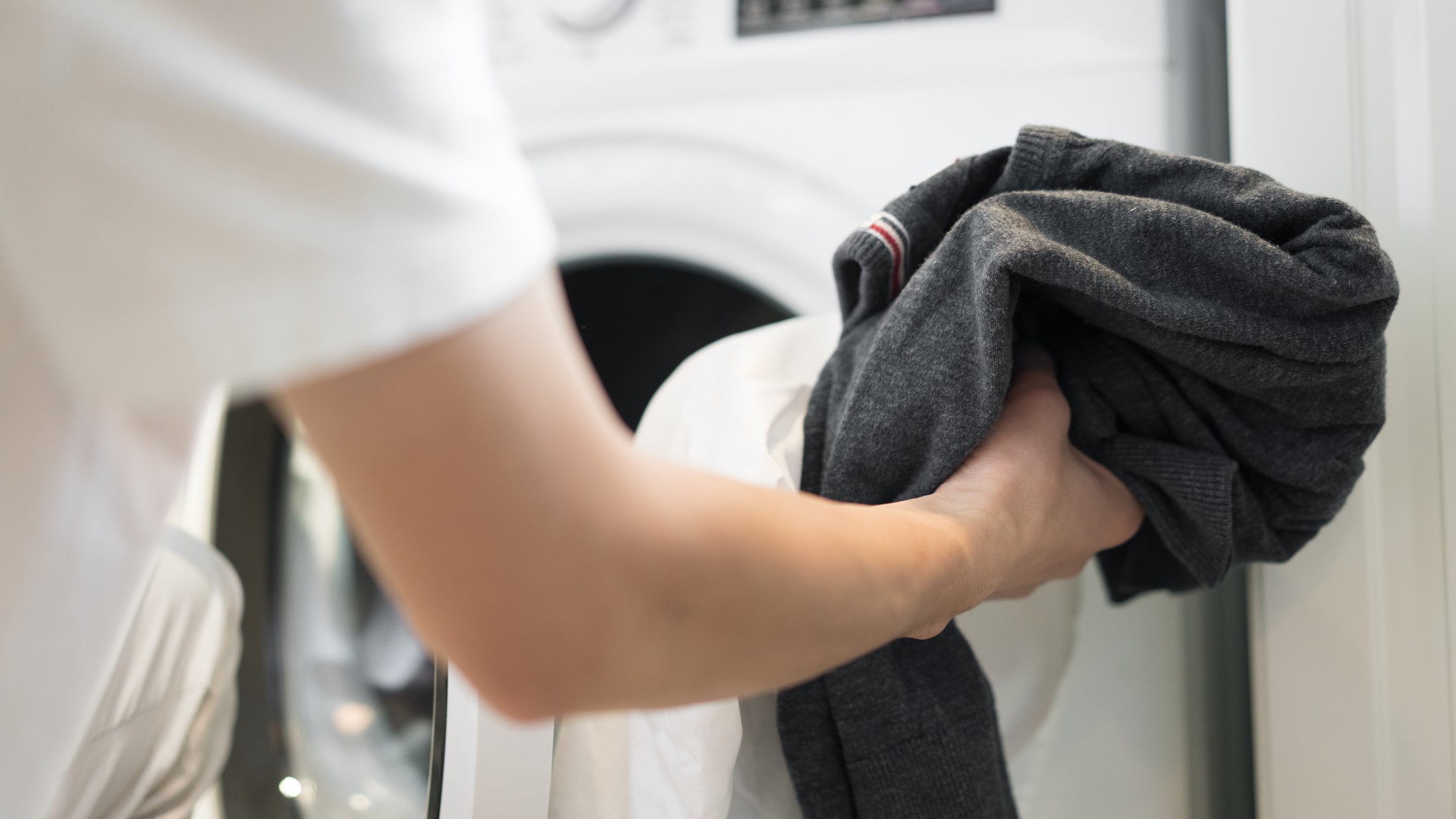
Once sorted, load your clothes into the dryer drum, but Ken Doty warns, “Don’t overload the dryer. Leave some space to allow air to circulate freely, which helps prevent wrinkling and ensures efficient drying.” Overloading can also lead to uneven drying and prolong the cycle time.

Ken Doty joined The Maids International in July 2013 as Vice President of Business Intelligence and was promoted to Chief Information Officer in February 2020. He is experienced in business intelligence with over 20 years of experience in consulting and information technology.
4. Add dryer sheets and dryer ball (optional)
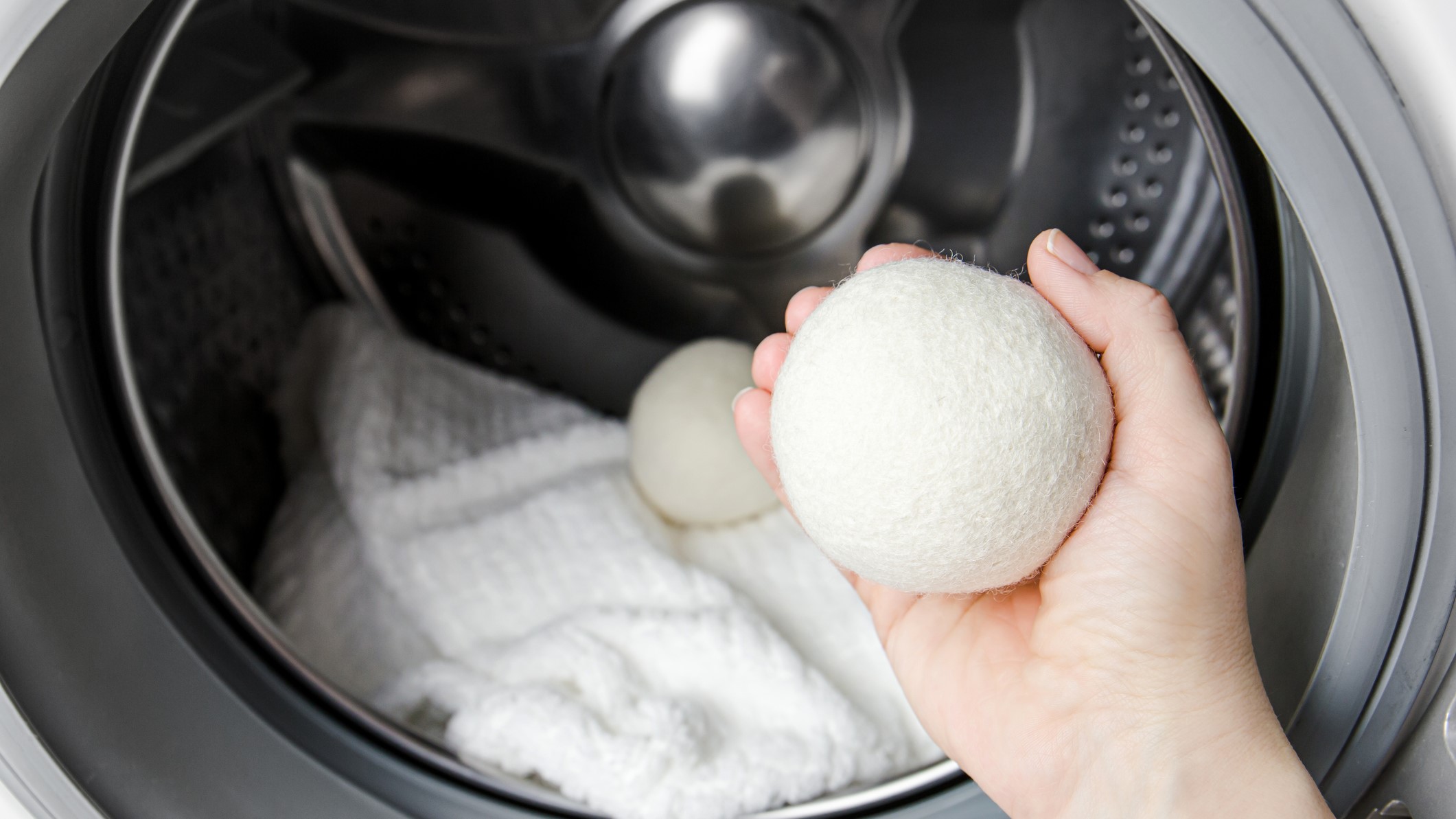
You can toss in a dryer sheet to reduce static and add softness. Kungl adds, "Dryer sheets can help with static reduction and provide a fresh scent, but avoid using them with moisture-wicking fabrics or athletic wear, as they may affect performance."
For an eco-friendly alternative, consider reusable dryer balls to prevent clumping and reduce wrinkles.
Dryer balls, available in wool or plastic, can help improve your dryer's efficiency by separating laundry to allow better airflow. Wool balls, made from biodegradable material, are more eco-friendly and absorb moisture, while plastic balls often have spikes for better fabric separation. Both types reduce drying time by preventing clothes from clumping together, allowing hot air to circulate more effectively. Dyer balls also help reduce static by minimizing friction between clothes, and they can soften fabrics by loosening fibers.
5. Select the drying cycle
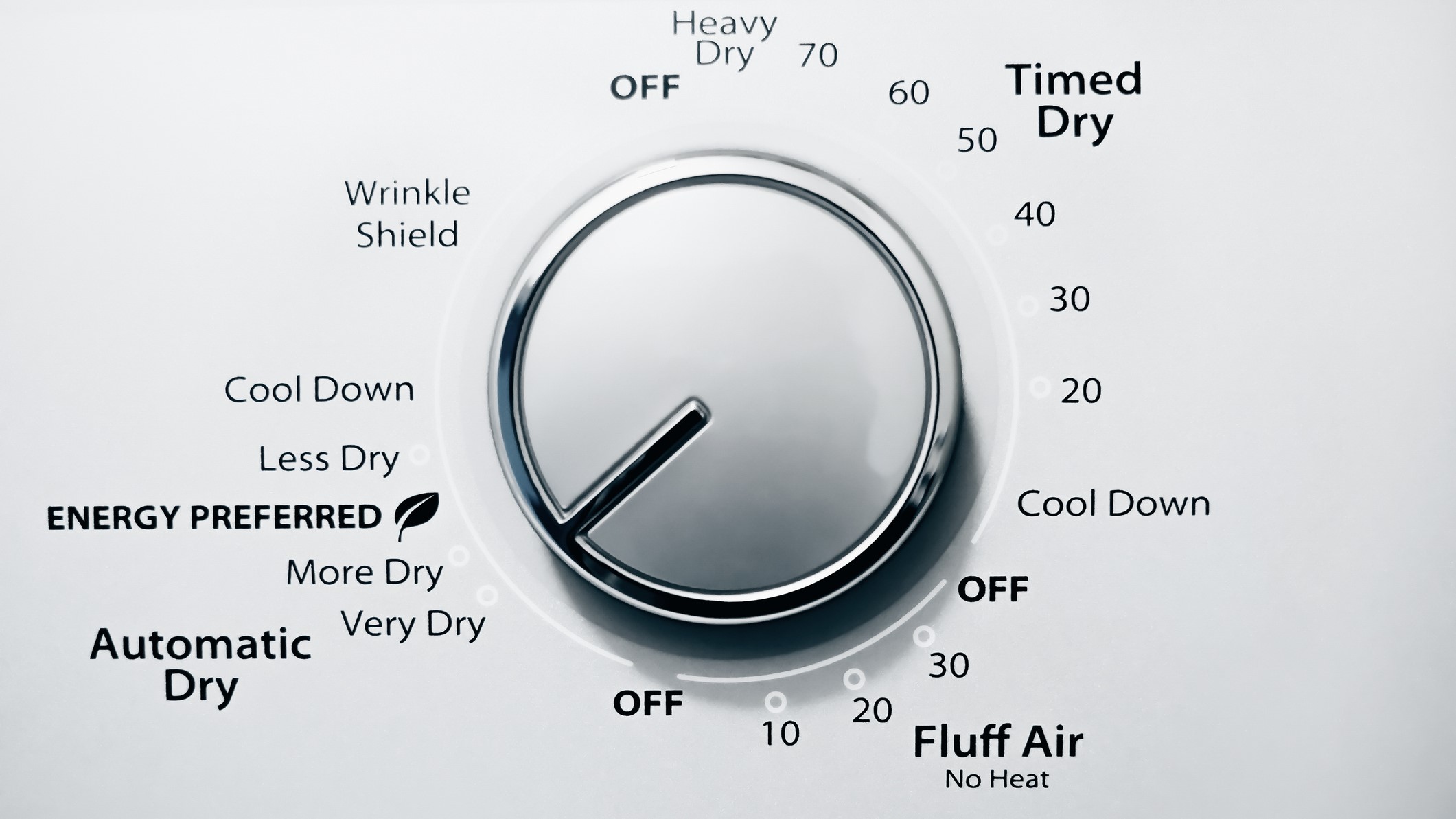
Selecting the right drying setting is crucial for ensuring your clothes are properly cared for and dried efficiently. Most dryers offer a variety of settings tailored to different fabric types and drying needs, so again, it's worth reading your dryer's manual to fully understand what it offers.
Many modern dryers also include steam cycles, which can reduce wrinkles and refresh clothes without requiring a full wash beforehand.
6. Select the drying temperature
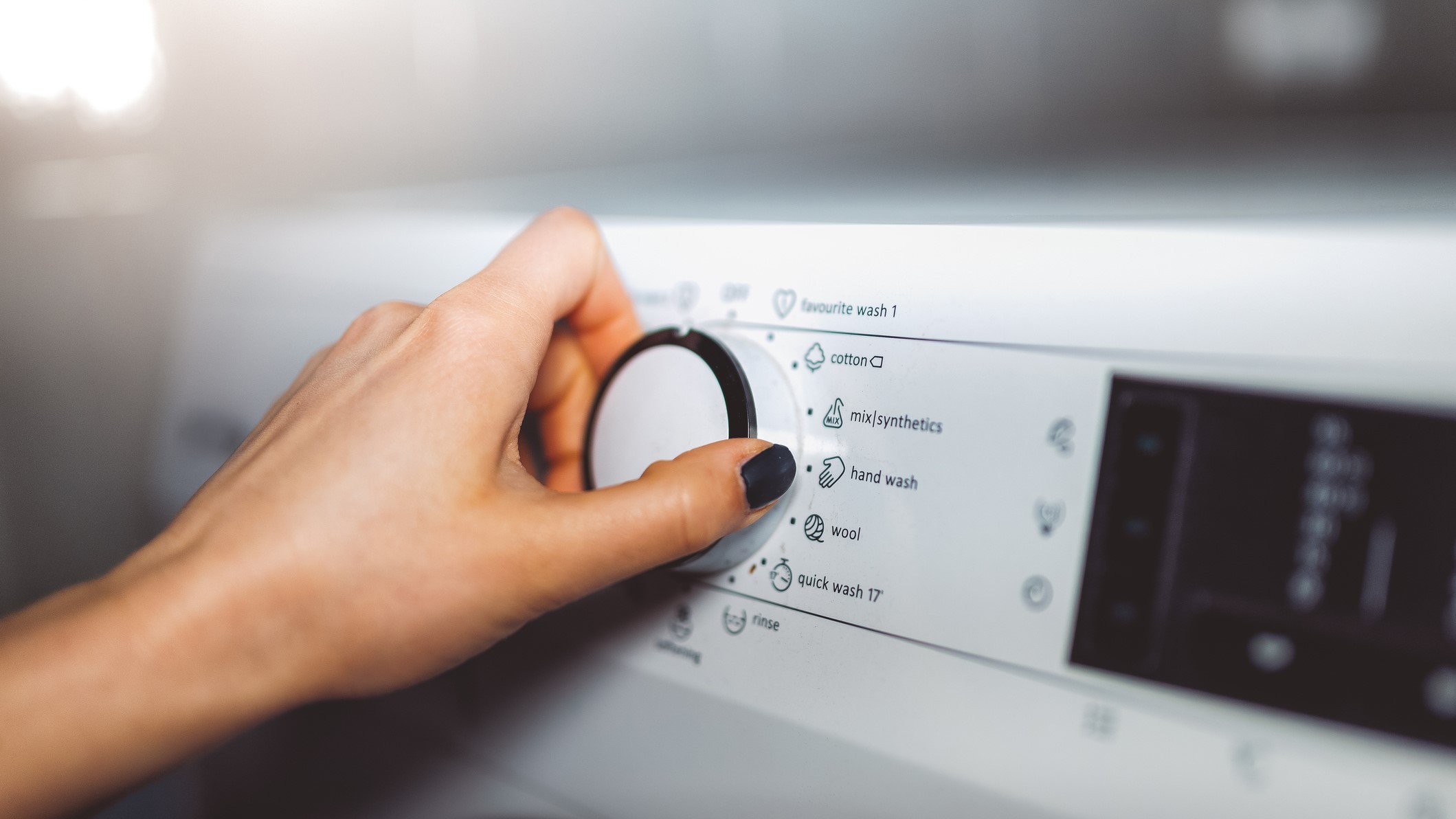
Selecting the right heat setting ensures your clothes dry efficiently without damage. Doty suggests, “Try varying the heat levels depending on the type of garment you're drying. Not all fabrics are meant to be dried on a hot setting, as excessive heat will cause shrinkage and potentially damage the clothing itself."
You can help prevent prevent damage such as shrinking, fading, or fabric wear. For instance, delicate fabrics like silk, lace, or lightweight synthetics are sensitive to heat and can easily become damaged if dried on a high setting. Choosing a delicate cycle, with lower heat and gentler tumbling, will help preserve these fabrics.
Meanwhile, heavier items like towels, comforters, and denim need more heat and a longer drying time to dry completely, which is where the Heavy-Duty cycle comes in handy if you have one. Always consult your clothing care labels to guide your cycle selection, ensuring your clothes, bedding and other laundry last longer and keep their quality.
7. Start the dryer
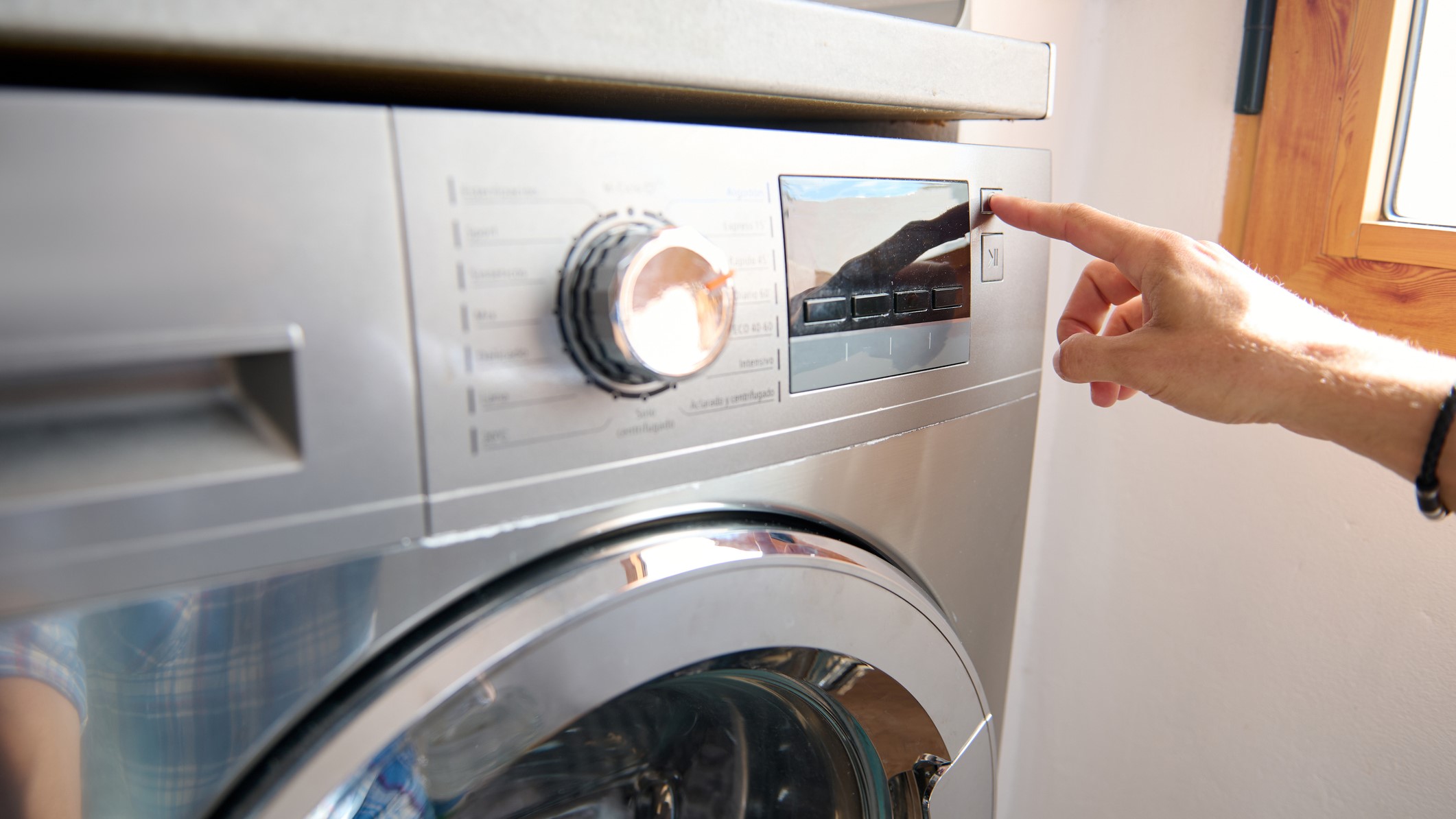
Once the cycle and heat setting are selected, close the dryer door securely and press Start.
Most dryers will signal the end of the cycle with a beep or chime.
8. Remove laundry promptly

When the drying cycle finishes, remove clothes promptly.
When clothes remain in a closed environment like a dryer, moisture can linger, potentially leading to musty odors or mildew, especially if there’s any residual dampness. By shaking out each item as you remove it, you can also help to minimise wrinkles and allow any remaining moisture to escape.
FAQs
How should I maintain my dryer's efficiency?
Regular maintenance is essential to keeping your dryer in top shape, says Kungl. "Over time, lint, dust, and residue can accumulate on the condenser, filters, and heat exchanger. Lint-clogged dryers take longer to dry clothes, so you will use more electricity. Neglecting this buildup can cause serious damage to the dryer's components, affecting its performance and longevity."
Here are Kungl's top tips for maintaining your dryer:
- Wipe down the exterior with a damp cloth to keep it looking spotless.
- Vacuum around and behind the dryer to remove dust and debris.
For the interior, follow these steps:
- Unplug the dryer for safety
- Wipe down the drum with a soft cloth and a mixture of mild dish soap and water
- Clean the moisture sensor (next to the lint filter) with a cloth and a bit of white vinegar. "This will keep the sensor functioning properly, allowing the dryer to detect moisture levels accurately," says Kungl
Regular maintenance of the dryer’s condenser and heat exchanger is also key. Kungl advises: "Clean the condenser monthly by removing it, rinsing under cool water, and letting it dry completely before reinserting. This prevents lint buildup, ensuring efficient operation."
Doty also emphasizes the importance of maintenance: "The most important components to monitor for maintenance include moisture sensors, lint screens, vents (cleaned at least once per year) and drum. These can all be cleaned with household cleaning solutions such as distilled white vinegar and laundry detergent."
As mentioned earlier, cleaning the lint filter after every cycle is crucial. Kungl says: "A clogged lint filter reduces efficiency and can also be a fire hazard. Clean it by hand after each cycle and occasionally rinse it under water for a deeper clean."
